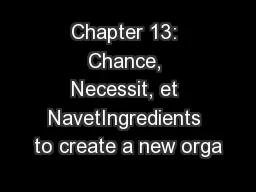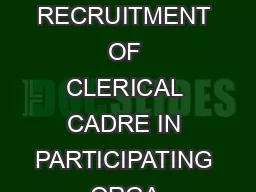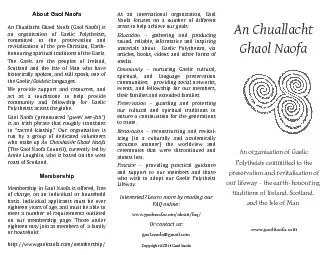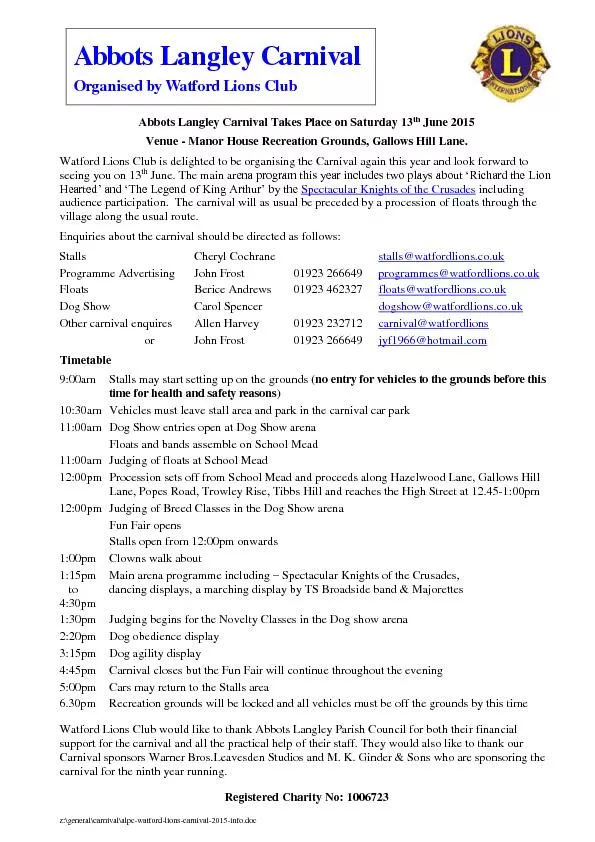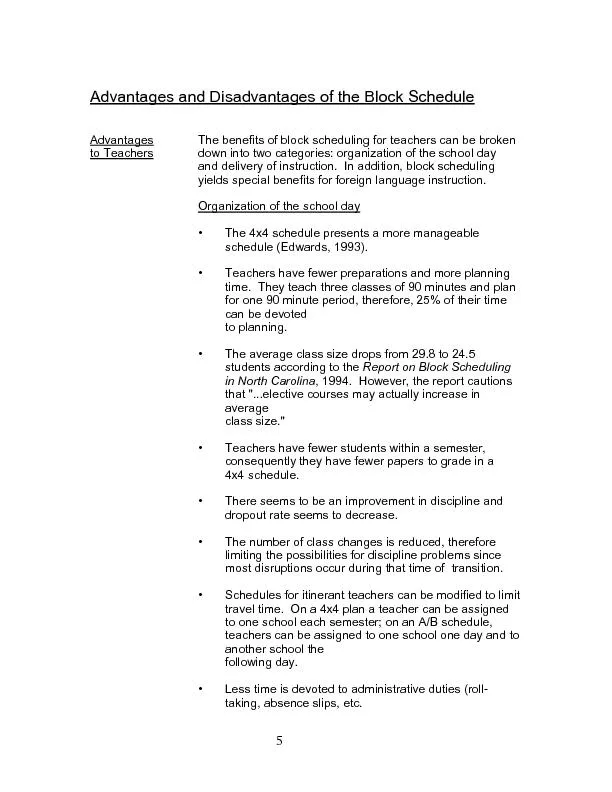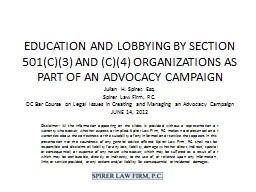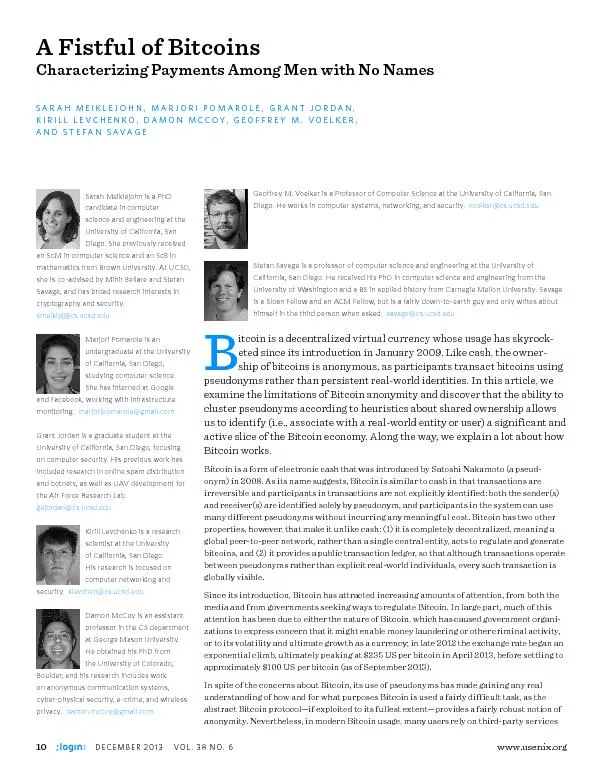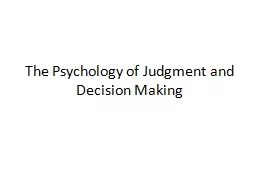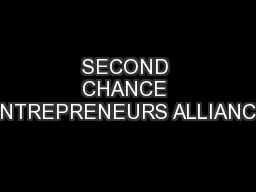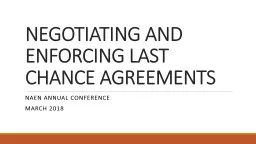PDF-Chapter 13: Chance, Necessit, et NavetIngredients to create a new orga
Author : yoshiko-marsland | Published Date : 2016-06-30
2 xMCIxD 8 xMCIxD 8 Motivating question Where do new practices and models of organization come fromFocus on components separable parts that are assembled in novel
Presentation Embed Code
Download Presentation
Download Presentation The PPT/PDF document "Chapter 13: Chance, Necessit, et NavetIn..." is the property of its rightful owner. Permission is granted to download and print the materials on this website for personal, non-commercial use only, and to display it on your personal computer provided you do not modify the materials and that you retain all copyright notices contained in the materials. By downloading content from our website, you accept the terms of this agreement.
Chapter 13: Chance, Necessit, et NavetIngredients to create a new orga: Transcript
Download Rules Of Document
"Chapter 13: Chance, Necessit, et NavetIngredients to create a new orga"The content belongs to its owner. You may download and print it for personal use, without modification, and keep all copyright notices. By downloading, you agree to these terms.
Related Documents

